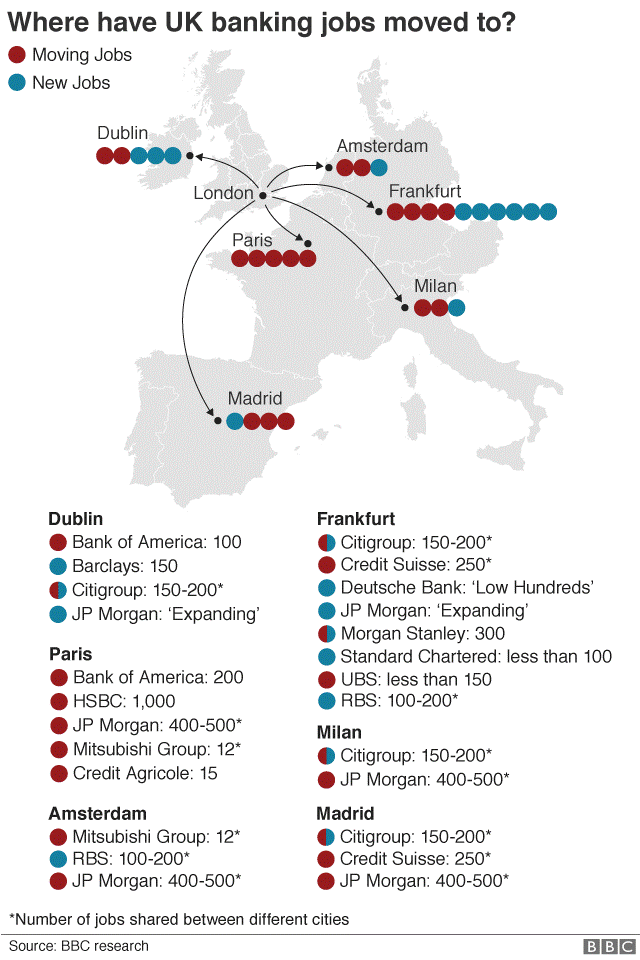As we inch closer to the possibility of a degree of Brexit certainty, we talk through ongoing “Hard” and “No Deal” Brexit contingency planning and how your company strategy can and will need to fit in with wider long-term national and conflicting business strategies.
In a recent report published by the Confederation of Business Industry (CBI), the potentially disastrous impact of No Deal has been revealed. A survey of UK businesses suggests “impacts of a No Deal are vast and will impact every region and nation of the UK.” Across the UK, businesses are telling the CBI that “No Deal would be a disaster for the UK economy, for businesses and for individual livelihoods.”
 While many UK businesses have been planning for a Hard Brexit scenario for months, the possibility of a No Deal outcome also remains increasingly likely. As things currently stand, the UK is set to leave the EU on 29 March, whether a deal has been approved by the Commons or not. Beyond the default WTO rules, several other scenarios are possible, but at least for the time being it seems uncertainty is likely to reign right up to the line.
While many UK businesses have been planning for a Hard Brexit scenario for months, the possibility of a No Deal outcome also remains increasingly likely. As things currently stand, the UK is set to leave the EU on 29 March, whether a deal has been approved by the Commons or not. Beyond the default WTO rules, several other scenarios are possible, but at least for the time being it seems uncertainty is likely to reign right up to the line.
In the meantime, news that businesses in the private and public sector are engaging in last minute contingency planning, fleshing out Day One plans, and producing reports on worst case scenario outcomes, are hitting the press. A report by the Institute of Directors (IoD) states that nearly a third of British firms are either considering, actively planning, or have already started moving operations abroad because of Brexit. The IoD’s interim director general, Edwin Morgan has said: “We can no more ignore the real consequences of delay and confusion than business leaders can ignore the hard choices that they face in protecting their companies.”
For multinationals or global companies with a global footprint, No Deal planning which looks to extreme immigration policies, restrictions, and outcomes is increasingly becoming a necessity. Others are taking active steps to mitigate the risk of increased costs to trade and sell or attract talent by closing operations in the UK. In the month of February alone, Ford outlined 1,000 cuts, while Jaguar Land Rover confirmed close to 5,000. Honda announced the planned shutdown of its Swindon plant in 2021, its only car factory in the UK, which it is forecasted will result in a direct loss of up to 3,500 jobs, while putting a further 3,500 supply chain focused positions at risk. Ian Howell, a senior vice president for Honda Europe spoke about the decision stating, “We’ve always seen Brexit as something we’ll get through, but these changes globally are something we will have to respond to.”
Through your Brexit planning activities, you now have an awareness of what Brexit could mean for your business. Now it’s time to take the next step in accepting what that will mean and making it reality.
Where do you go from here?
- Your business will be impacted – but where, how, and to what degree? Consider shaping Day One plans and thinking about impacted areas across your business, both in terms of indirect impacts and those to the bottom-line. Will your employees be able to come into work on Day One? Will they be able to use their European driving license to drive to work? Will you face a talent drain? If your people can and want to stay in the UK, what application process do they face for residency? Are there other processes they need to be considering? Seek to support them by setting out proactive answers to build trust and credibility with your people.
- Balance the risk. Some outcomes could impact your ability to pay your employees, invoice your clients, or turn a profit in two years’ time. However, it’s worth balancing against risks faced for instance by large pharmaceutical companies, who are stockpiling medicines to stave off the impact of the collapse of the single market for medicines. Of the concerns your organisation will be faced with, some will be superseded by more urgent concerns on a national or government level, and delays in immigration approval will feature lower on a list of Day One government priorities compared with food or medicine supply shortage. Set priorities for you as a company, in the context of the scenarios of wider issues.
- Build resiliency. Set your organisation up for agility by communicating with your employees to keep them up to date with what new political developments, or lack thereof, will mean for them. Compassionate management is essential for dealing with whatever Brexit fallout looks like. Run focus groups, map out EU employee journeys, ask leadership to commit to supporting all EU nationals, and run campaigns to raise awareness and visibility. In parallel, look for opportunities to benefit from the change, for people and firm. Set your company up to be resilient to the risks, as well as receptive to new opportunities that will become reality.
Check out parts one and two from our Brexit blog series and stay tuned for more North Highland insights as we move closer to March 29. We welcome a conversation about what Brexit will mean for your business and think about how you can navigate and apply learnings from our experience managing large programmes of change in uncertain times for our clients. We are not waiting for Brexit to, “just happen.” Are you?